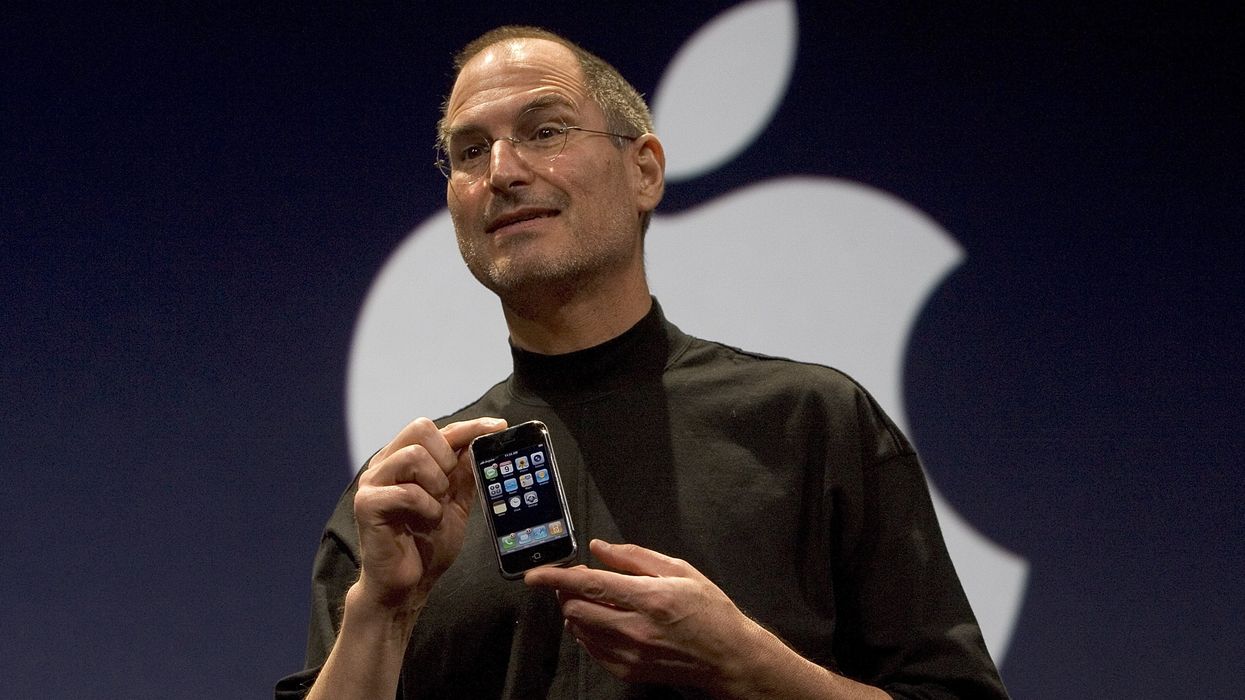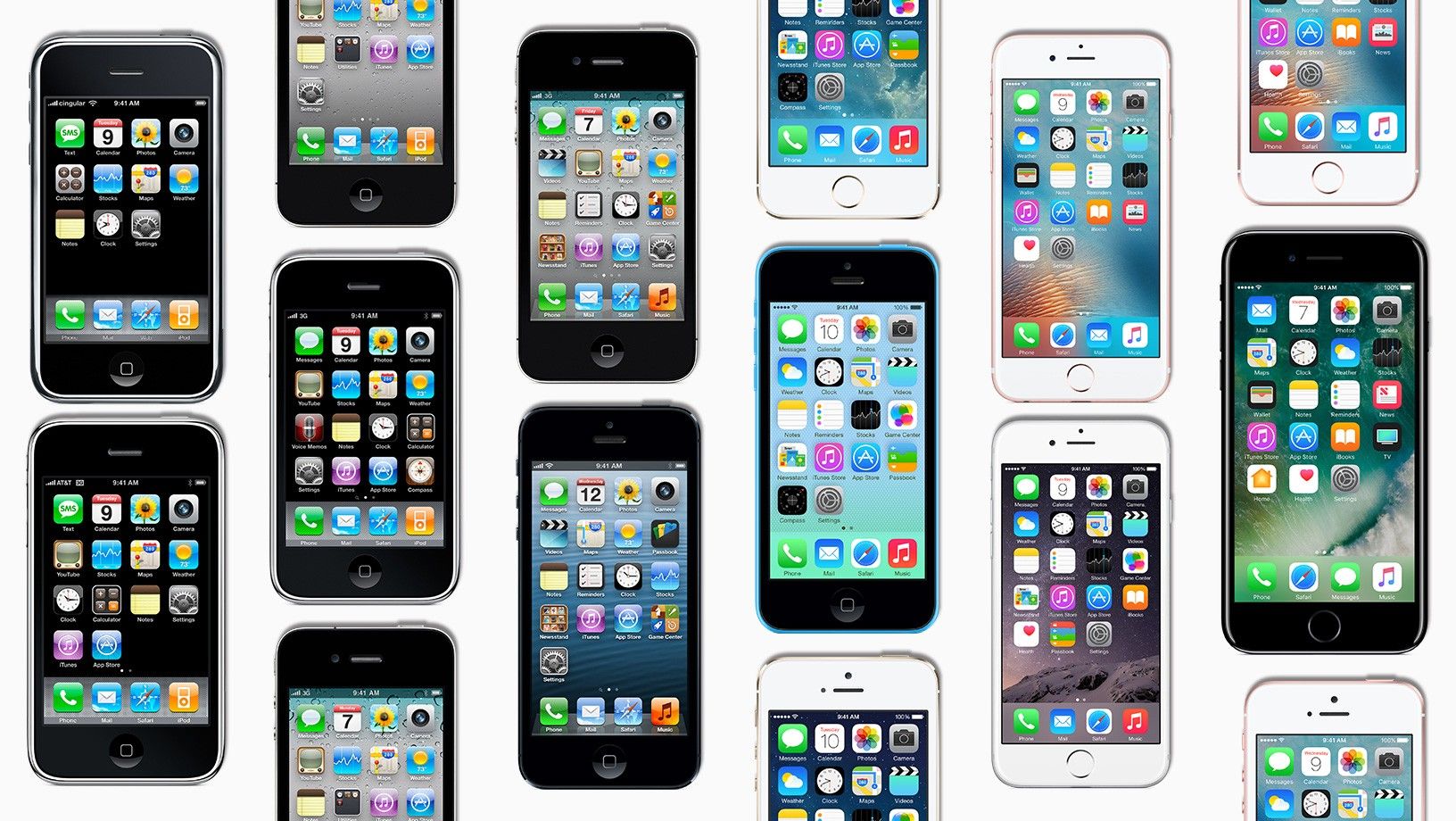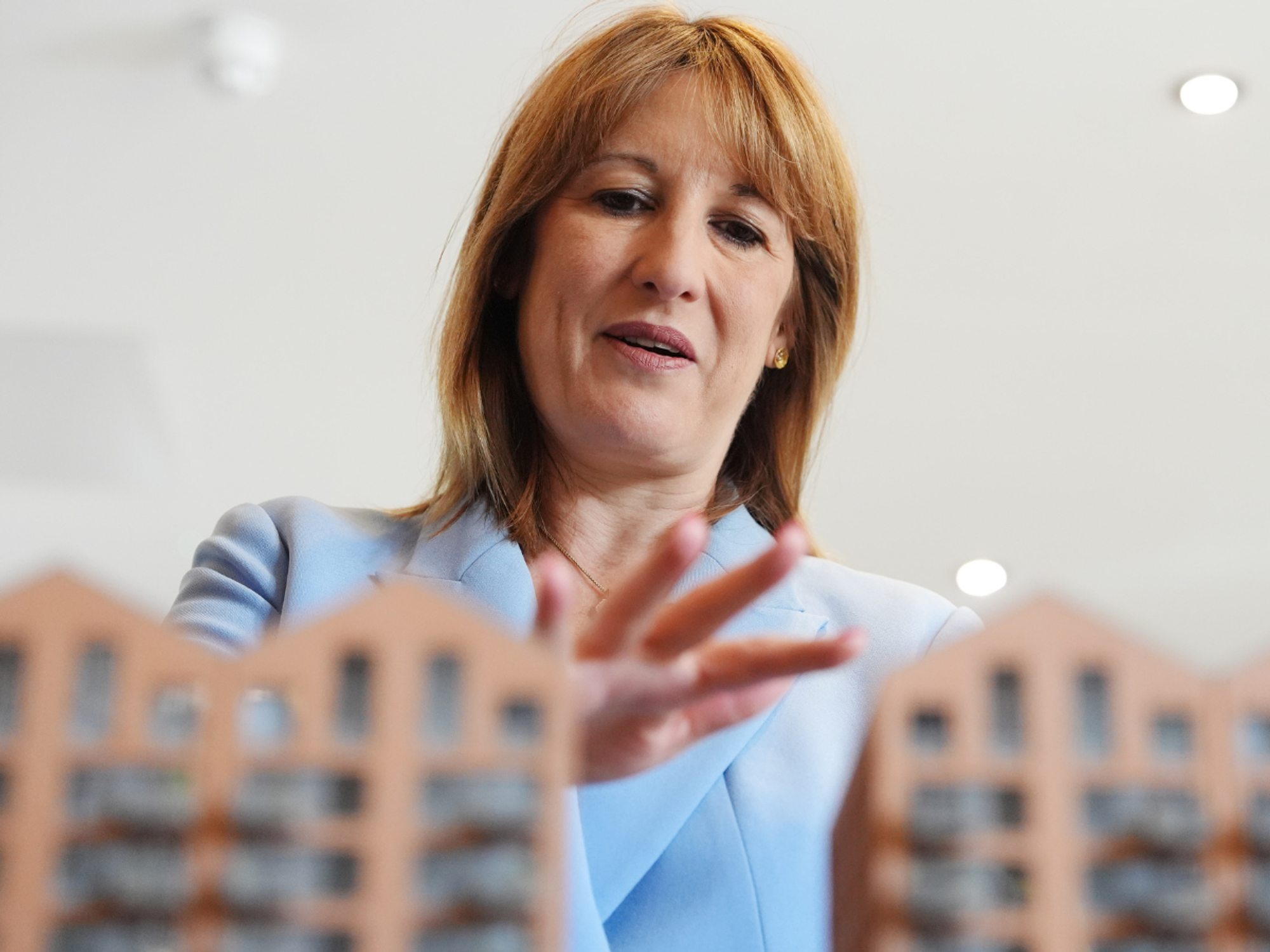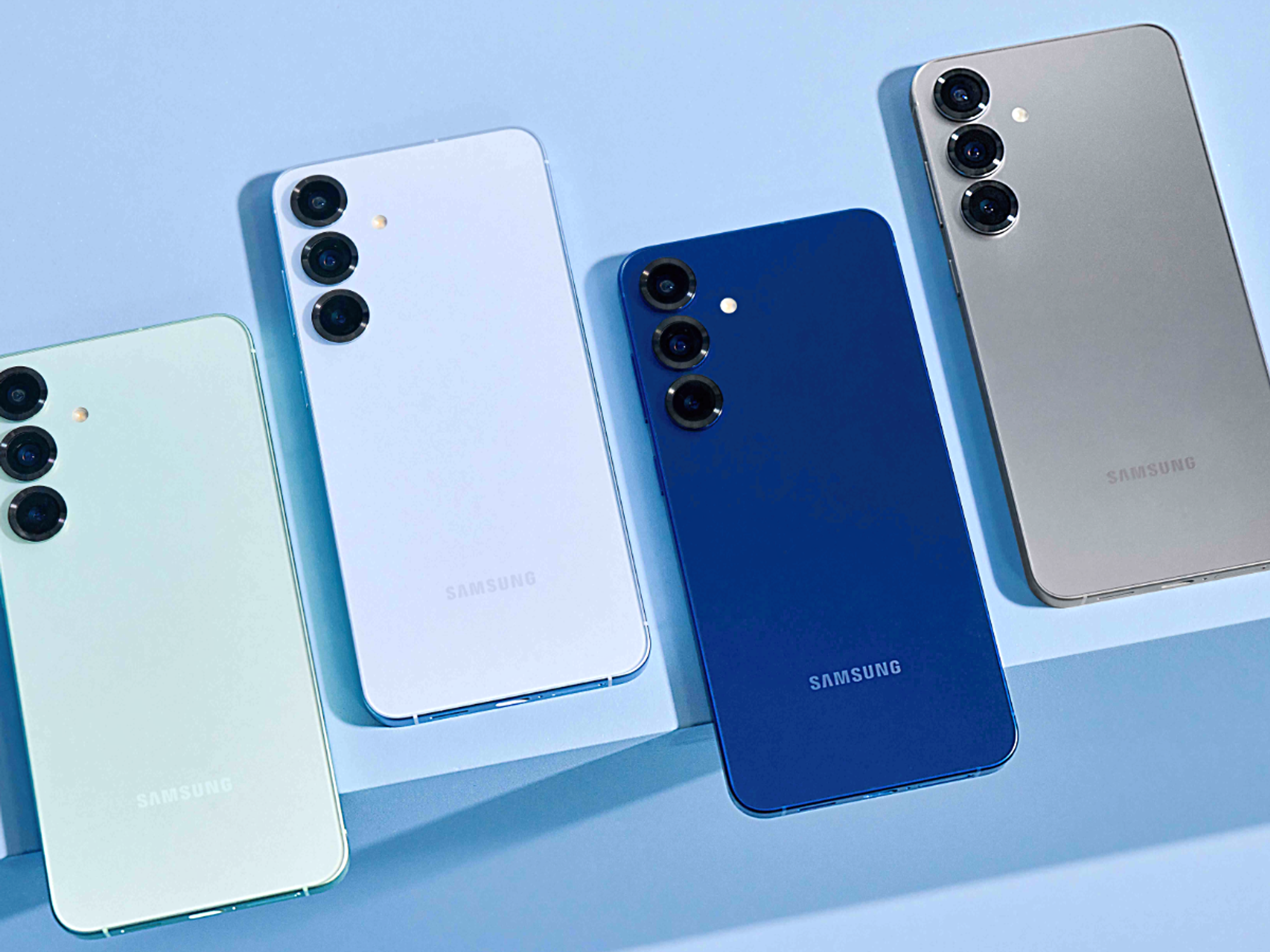Apple plans to axe the 'Home Button' 16 years after Steve Jobs introduced the feature with original iPhone

Steve Jobs, then-CEO of Apple, reveals the first-generation iPhone to rapturous applause in early 2007
|GETTY

Apple is poised to scrap the circular Home Button from iPhone line-up for the first time, rumours say
- Apple planning a new design for its next iPhone SE, reports suggest
- It will look similar to the iPhone 14, dropping the iconic 'Home Button' and fingerprint scanner
- This will enable iPhone SE to pack a larger 6.1-inch screen
- Apple will no longer sell an iPhone with this trademark button, report suggests
Don't Miss
Most Read
Latest
Apple is purportedly working on the next iteration of its most affordable smartphone, iPhone SE.
If the whispers around this new model are accurate, the next iPhone SE could spell the end of the iconic Home Button, which Steve Jobs introduced to the world at the launch of the original iPhone back in January 2007.
The iPhone SE differentiates itself from the rest of Apple's line-up with a lower price tag and fewer camera tricks. To keep costs low, Apple recycles an older case design for this model.
But it seems that formula could be shaken up with the next entry into the best-selling range.
The Californian firm seemingly wants to use a modified iPhone 14 case for the forthcoming fourth-generation iPhone SE, according to a new report from Apple-centric blog MacRumors.
First launched back in 2022, the iPhone 14 is a similar size to the current iPhone SE, but boasts a larger 6.1-inch screen size, thanks to its removal of the physical Home Button. Switching to this design would offer more screen real estate to iPhone SE owners – without taking up any more room in their pockets.
Without a Home Button, which is used to navigate around iOS, the next iPhone SE will purportedly rely on swipes. Without the fingerprint scanner baked into the Home Button, unlocking the handset and authenticating contactless payments will be handled by the Face ID facial recognition.

Over the 16 years since the launch of the original iPhone, Apple has continued to sell models with a physical Home Button on the front of its handset
|APPLE PRESS OFFICE
If the report proves to be true, the Home Button will be discarded from the iPhone line-up for the first time in its history (although it remains on the most affordable iPad).
The simplicity of the single circular button on the front of the original iPhone was a huge part of its appeal. Describing how the button worked with trademark flair, then-CEO Steve Jobs said: "It takes you home from wherever you are. And that's it."
With the push for larger screens that bleed to the very edge of the handset, Apple dropped the Home Button from the design of its hugely-popular iPhone back in 2017 with the arrival of the iPhone X.
This all-screen design is now commonplace across the pricier handsets in the Apple Store, with the third-generation iPhone SE – launched last year – being the final holdout.
According to sources, we won't see a dual-camera system on the back of this forthcoming iPhone SE. This will help to differentiate the affordable model from the iPhone 14, which is still available to purchase from the Apple Store.
Unfortunately, that means you won't be able to take any ultra-wide photos.
The differences between iPhone 14 and fourth-generation iPhone SE won't end there, rumours suggest. We could see the Action Button – the customisable button that replaced the mute switch found on every iPhone since the first model released in 2007 – make an appearance on this lower-cost model too.
The Action Button made its debut on the iPhone 15 Pro and 15 Pro Max and allows users to set a variety of commands, from launching specific apps, triggering the torch, and starting a voice memo.
Likewise, rumours point to the next iPhone SE ditching the Lightning port in favour of USB-C. Already available on all iPhone 15 and iPhone 15 Pro models, this universal port is required on all handsets sold in Europe, thanks to a new EU law.
The regulation doesn't come into force until late 2024, but Apple is keen to get ahead of the curve by rolling out the charging standard - already available on a number of its iPad and MacBook models - to its handsets before the deadline.
All small- and medium-sized electronic devices are required to charge and sync via USB-C to reduce the amount of waste, EU regulators ruled.
The iPhone SE currently on sale in the Apple Store was released in early 2022 and costs £429 for the entry-level configuration.
LATEST DEVELOPMENTS
From the outside, this handset looks indistinguishable from the iPhone 8, which was first released back in September 2017. It sports the same 4.7-inch LCD screen, single 12MP rear-camera, and Lightning connector. However, it's powered by the A15 Bionic chipset – the same silicon found inside iPhone 14.
The newer processor enables a number of software features that weren't available on iPhone 8, including support for 5G networks, fast charging, and improved photographs thanks to Apple's clever Deep Fusion process.
Sources from inside the secretive company seemingly can't decide whether the next iPhone SE will launch in early 2024, or until 2025. If you're looking for a new smartphone, these rumours probably aren't enough to hold off your next purchase. However, we'll keep you in the loop as we hear more.










